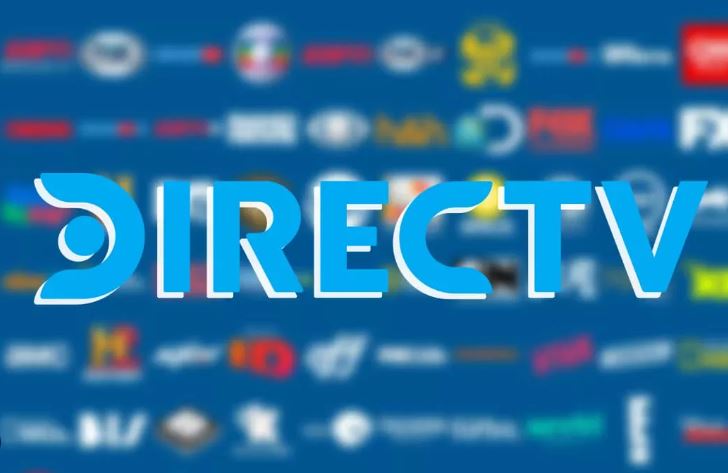
What is Education Media and How Does it Work
Introduction
In today's digital age, education has rapidly evolved and expanded beyond the traditional classroom setting. With the advent of technology, education media has emerged as a powerful tool that enhances teaching and learning experiences. This blog article delves into the concept of education media, its various forms, and how it functions to support education.
Understanding Education Media
Education media refers to any media content or technology that is specifically designed to facilitate the learning process. It encompasses a wide range of formats, including online courses, educational videos, e-books, podcasts, webinars, and interactive learning applications. The primary goal of education media is to engage students and facilitate knowledge acquisition through multiple sensory experiences.
Types of Education Media
1. Online Courses: Online platforms like Coursera, Udemy, and Khan Academy offer a vast array of courses on various subjects. These courses typically consist of video lectures, quizzes, assignments, and discussion forums, making learning accessible to a global audience.
2. Educational Videos: Educational videos are an effective medium to convey complex concepts in a simplified manner. Platforms like YouTube and TED-Ed provide a treasure trove of video resources covering a diverse range of topics. These videos often use visual aids, animations, and real-life examples to engage viewers and enhance their understanding.
3. E-books: E-books have revolutionized the way we access and consume content. Digital textbooks, online libraries, and interactive e-books offer students the convenience of carrying an entire library in their pocket. Moreover, features like highlighting, note-taking, and search functionality make e-books a valuable educational resource.
4. Podcasts: Podcasts have gained immense popularity, offering audio-based learning experiences. Educational podcasts bring together experts, scholars, and educators to discuss various topics, providing listeners with in-depth knowledge on specific subjects. Podcasts are especially useful for auditory learners who thrive on spoken content.
5. Webinars: Webinars are live online seminars that enable participants to interact with presenters in real-time. Educational webinars cover a wide range of topics and often provide additional resources, handouts, and certificates of completion. They foster a sense of community and create opportunities for collaboration and networking.
How Education Media Works
Education media functions by leveraging technology to enhance the learning process. It utilizes multimedia elements such as videos, images, interactive quizzes, and simulations to engage learners and promote active participation. Some key components of how education media works include:
1. Access and Convenience: Education media makes learning accessible to learners across geographical boundaries. Students can access educational content at their own pace and convenience, breaking the barriers of time and place.
2. Personalized Learning: Education media caters to individual learning styles and preferences. Digital learning platforms often employ algorithms to recommend relevant content based on a student's interests and prior knowledge. This personalized approach ensures that learners receive content tailored to their needs, enhancing their overall learning experience.
3. Interactive and Engaging Content: Education media employs various multimedia elements to make learning engaging and interactive. Videos, animations, interactive quizzes, and simulations capture students' attention, helping them to grasp complex concepts and apply them in real-world scenarios.
4. Time Efficiency: Education media allows students to learn at their own pace, eliminating the constraints of a traditional classroom environment. Learners can revisit content, pause, rewind, or fast forward as needed. This flexibility helps students to assimilate information at a comfortable pace and reinforces their understanding.
5. Collaborative Learning: Many education media platforms facilitate collaboration and interaction among students. Discussion forums, group projects, and virtual classrooms enable learners to connect with peers, exchange ideas, and learn from one another. This collaborative approach fosters a sense of community and enhances the overall learning experience.
Conclusion
Education media has revolutionized the way education is delivered and consumed. By leveraging technology and multimedia content, education media enhances learning experiences, making them accessible, engaging, and personalized. As education continues to evolve, education media will play a crucial role in shaping the future of education by providing innovative and effective learning solutions.
Experience the best in TV with DirecTVs free trial




